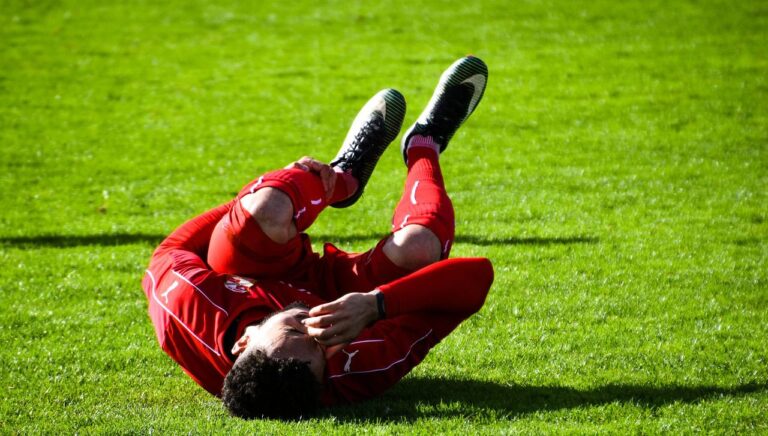
ACL Rehabilitation: 1/6
Anterior cruciate ligament (ACL) tears are serious injuries that involve a significant effect on day-to-day life, particularly in the initial stages of recovery. Effective ACL rehabilitation is key – If the injury is not addressed properly it can lead to long term issues in returning to pre-injury activities. Most often this injury occurs due to contact in a sports environment, however a high proportion do also occur through a non-contact mechanism.
Historically, reconstructive surgery has been the go-to route. However, recent evidence suggests that following a first time ACL injury, the ligament may be able to heal. So a non-surgical approach could be used initially, with delayed surgery if required.
Regardless of the approach, with a 9–12-month rehabilitation process, suffering an ACL injury can represent a daunting period for an individual. Too many times we see people making their way through this process lacking any clear plan of action. So, I wanted to put together a 6-part series of posts that demonstrate the process of recovery. From injury, right through to returning to taking part in physical activities. The hope being that it may
provide people with a general framework and simple understanding of a complex protocol for recovering from this significant knee injury.
So, if you have injured your ACL and are awaiting surgery, what should you be doing in the meantime? Conventional thought may be to rest the knee and to avoid using it too much to prevent further damage. However, this is not the optimal approach. In fact, there is a lot of ACL rehabilitation that we can do in preparation for surgery that will positively impact the post-surgery rehabilitation process.
Goals of pre surgery ACL rehabilitation:
– Eliminate Swelling
Following ACL injury it is normal to experience severe swelling around the knee. Initial treatment will involve reducing the swelling by resting/offloading the knee, ice, compression, and elevation.
– Full Range of Motion
Following injury, the ability of the knee to fully bend and straighten will be vastly reduced. An important element of the initial pre surgery recovery is it to work on restoring the ability to fully bend and fully straighten the knee.
– 90% Strength in Quadriceps and Hamstrings
Rather than completely resting the injured knee before surgery, the optimal approach
is to begin strengthening it back up as pain tolerance allows. Resting the knee will actually lead to deconditioning of the limb, meaning that the muscle around the knee will become weak. This means that following surgery, more work will be required to build up strength throughout the body. Rather, we look to achieve 90% strength compared to the non-injured leg in the quadriceps and hamstrings.
Measuring the Goals:
To ensure you are positively progressing through the rehabilitation process it is advisable to consult a graduate sports therapist or physiotherapist to help guide the journey. This is particularly key when assessing when you have achieved the specific goals for each phase of rehab. Your sports therapist or physiotherapist can measure these goals in a variety of ways using different bits of equipment:
– Range of motion:
Measured using a goniometer. A goniometer is a device that is used to measure an angle and can be used in clinic by a sports therapist/physiotherapist to accurately measure the degree of flexion and extension in the knee
– Swelling:
Your sports therapist can assess the amount of swelling on the knee by performing a sweep test. This is then rated on a 5-point scale.
– Strength:
Strength can be measured in several ways. If your sports therapist/physiotherapist has a handheld dynamometer, this device can be used to assess static strength by pushing into the device. Functional strength can be measured by performing a single leg hop test, whereby distance is measured against the non-injured leg.
If all these goals are achieved, you can be comfortable that you will go into surgery in the best possible condition to set yourself up for a more successful post-surgery recovery process.
ACL rehabilitation is a long and complex road. Many people who have suffered this injury go on to experience long term strength and movement deficits. If rehabilitation has not been full and robust, the re-injury rate can be high. Both for retearing the same ACL or injuring the opposite side due to compensatory movement mechanics.
Seeking professional advice is essential for successful recovery and to reduce the risk of re-injury. If you would like any advice, please contact us HERE
In the next post, we will dive into what to do immediately following surgery….stay tuned!


